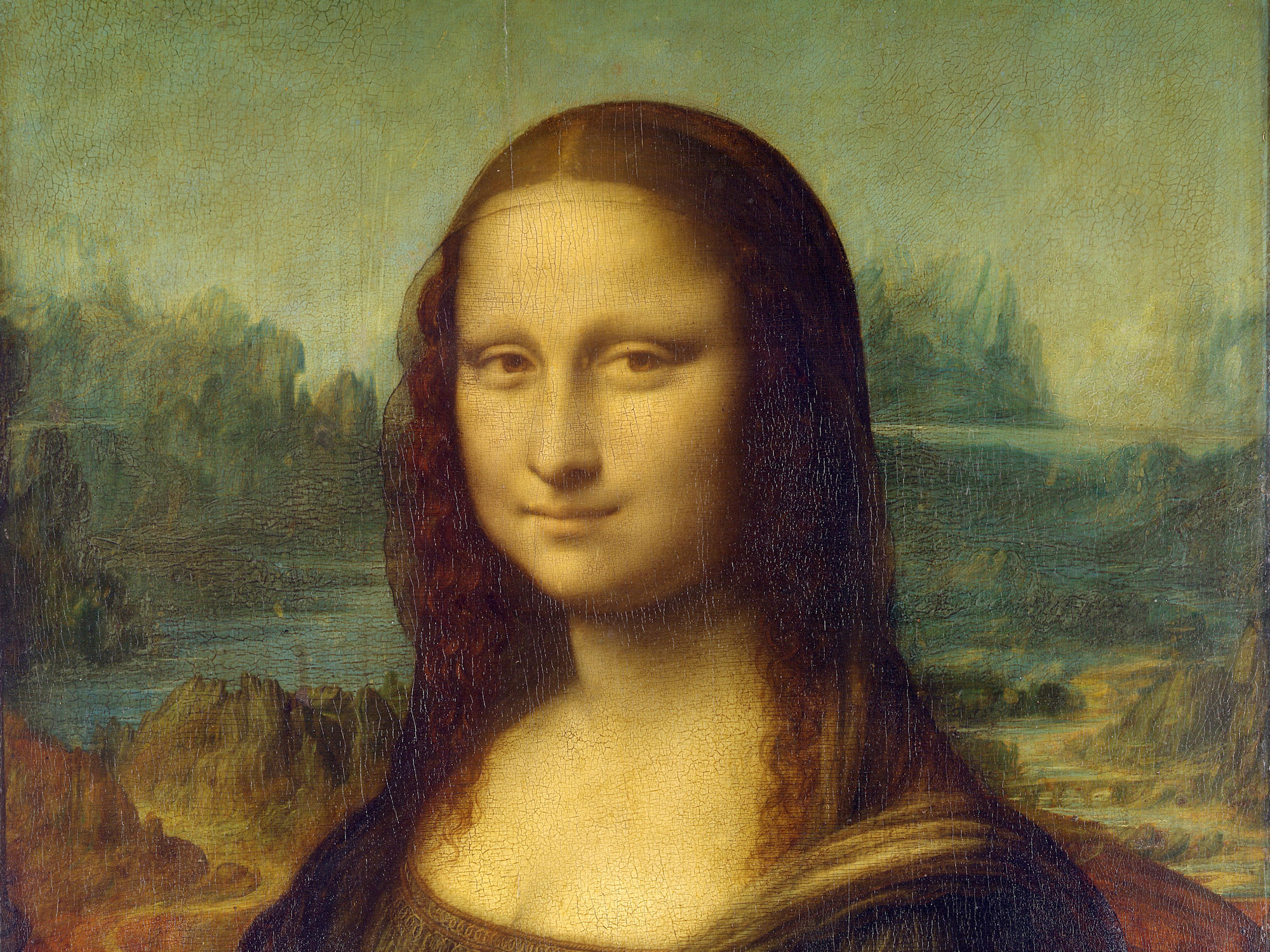Digital wear is an old thing in a new way

A quarter century ago, digital technologies came to ordinary consumers. Until that moment, we, ordinary consumers, had paper books, vinyl records, cassette tapes and film film. All this wealth wore out during use, distorted during copying and simply deteriorated from time to time during storage. Of course, for the good, it was necessary to have negatives and master tapes for storage and first copies for use, but end users followed these rules a little.
And when personal computers with digital technologies came to us, it was a miracle - books, photos, songs and films, all this did not deteriorate during storage, during playback, or during copying. Digital eternity has appeared on the horizon. She appeared, waved a pen and disappeared.
One can talk for a long time about the fact that digital technologies won, but the victory turned out to have a strange taste. Now I will only touch on the issue of photographs.
Why is that all
For the past 14 years I have been studying the history of technology. In this lesson I use not only archival documents and paper books, but also digital documents. These are scans and photos from personal pages, local Internet forums, library and newspaper sites, and even from garbage sites with "funny pictures" (where everything is loaded without getting into).
To work with this content hell, I had to develop reflexes, develop techniques, as well as formalize and describe the problems that arise in my way.
Because if the problem is described and well documented, then this is no longer a problem, but simply a feature of the work.
The appearance of the hero
The phenomenon that I want to talk about is widely known and much discussed, but, oddly enough, it does not have an established name and clearly defined boundaries.
This is definitely not “data degradation” - it is the result of random technical failures during storage. And this phenomenon is not identical to the “generation loss” (generation loss) - it illustrates some technical aspects of the process, but does not describe and does not explain the organizational side of the problem.
Therefore, I coined the term “digital wear”(I checked it again, right before the publication - neither Google nor Yandex finds this phrase). In this case, by "wear" I mean the same thing as in the case of wear in the physical world - the loss of consumer properties during operation. And, as in the case of technology, digital wear depends on the conditions and operating conditions. A quiet ride on a flat road leads to one level of wear, driving on potholes, and even with overload, to another.
Digital wear at the start of the digital revolution
As I said, at the beginning of the digital revolution, digital photos were more promising than analog ones - they did not fade or distort when copying. However, very quickly it turned out that digital photographs only in theory can be forever saved and copied without compromising on quality. And all because of them - operating conditions.
And then the conditions were very harsh.
Disks were small, and Internet access was slow. In addition, both were expensive. It was a tough time. We survived as best we could.
We reduced the size of the pictures.

We experimented with the formats.

And still, it didn’t help. Because our mailboxes were scanty, and our sites had less space than the storage of one raw-file of a modern digital camera requires.
- 10 MB of disk space (excluding log files),
- use of any domain,
- pre-installed CGI scripts,
- 1 real mailbox,
- a virtual mail server on your domain with an unlimited number of EMail
addresses,
- access and update via FTP,
- server access statistics.
1.3.1 Installing a virtual server ... free
1.3.2 Monthly fee ........................... 7 cu / month
for a one-time payment 6 months ............... 40 cu
with a lump sum payment 1 year ................... 70 cu
1.3.3 Additional disk space ........ 1 cu / month for every 10 Mb
(the real hosting tariff plan from 2002, and the cu and salaries were not what they were then) The
economic and organizational reality of the Internet was so harsh that theoretically intact pictures when they were copied were actually killed in the trash during their operation.
World after digital victory
And now, decades have passed, the Internet has become wide, disks are huge, and all this is worth a penny. Now there is no need to save bytes, and most people do not even think about such issues. People just take pictures and immediately upload the photo on the Internet, without any editing.
It would seem that the digital future has come, in which pictures live forever and are not distorted in the process of copying them.
Alas, no.
The most common options for using images on the Internet, at present, are:
- social network upload
- upload to photo hosting
- upload to the online forum
- shipment in the messenger
- upload to your own site
(options are listed in random order)
And none of these options, including uploading to your own website, is guaranteed to be non-distorting.
It turned out that at the same time as disk sizes and hosting quotas increased, the number of digital pictures increased. And the process of fighting for each byte, in fact, did not disappear, but moved from your computer to the Internet services server. And the same two operations go into business - resizing the image and playing its format.
And here you have a simple but very clear illustration.
I took a file on Wikipedia with the image of a famous painting, cut a piece from it under the “4 by 3” ratio, resized it to 2000 pixels wide and saved it in a jpg file of 804 kilobytes in size.

With this picture, I did what most Internet users do - uploaded to the social network (in this case, Facebook).
And then I downloaded and received a jpg-file of 602 kilobytes in size, with the same 2000 pixels wide and 1500 pixels high.

Of course, you will say that you know about what happens when you use the jpg format, that this is the same “generation loss” and that with the naked eye it is impossible to notice the difference between the pictures.
Well, so I armed myself and with the help of graphic editors I got the “difference” between the pictures ( PaintShop Pro in this case does the subtraction of colors for each color and takes the module). As a result, I got a picture that cannot be distinguished from a solid black fill.
But only with a naked eye. The armed look said that there are more than 9 thousand flowers in the picture. More than 9 thousand shades of gray, visually indistinguishable from black. Only 9 thousand, the picture is 3 million pixels in size. It would seem that there is nothing to worry about - distortions are minimal.
This moment I decided to find out how many pixels the color exactly coincided, and for this I replaced the pure black color (# 000000) with the pure white (#FFFFFF). You already saw the result at the beginning of this article - there are very few white pixels. The script I wrote counted the number of pixels in the original image, the color of which exactly matches the corresponding pixels in the image past Facebook.
There were exactly 37385 of them, that is - 1.2% of the total number of pixels.
98.8% of the pixels were distorted as a result of the iteration "upload to social network".
New word for the letter "And"
Here you ask why the existing term “generation loss” did not suit me.
But he did not suit me by describing only one technical aspect (relatively speaking, the analogue of “abrasion” in mechanics), but does not indicate the whole phenomenon.
And this phenomenon consists in the fact that the default method for using images on the Internet, at present, is to send them to services that perform actions on them leading to distortion.
And this is not only re-compression, it is also a resizing (for example, like the Facebook messenger), and even a logo overlay (like many online forums, blog platforms and websites).
At the same time, Internet users take little care to find the best possible option (ideally, the original), but simply reuse the first pictures that they got in social networks and search engines. Pictures that go through the process of compressing, reducing or increasing the pixel size, as well as multiple overlays of logos.
For the mass consumer, the fact of re-sending the image and the speed with which it was implemented comes to the forefront, and they simply ignore the quality issue.
That is, there are changes that occur not because of the desire of the user, but simply as a result of the life cycle of the digital image. And, given the technological and social reality of the modern Internet, these changes are made inevitably and predictably.
That is why I call this phenomenon “digital wear” - it occurs as a result of operation.
* * *
Of course, there are professionals and technical solutions that allow you to store and transfer files without distortion. You just need to use specially configured computers and file transfer protocols.
And, on the other hand, if you have a properly equipped room and carefully handle paper, you can store and use them for a very long time and almost without loss.
I do not want to say that nothing has changed at all. Of course, it has changed, and especially for professionals. With proper use, digital objects can indeed be considered eternal, while analog objects are subject to destruction, even with the most ideal storage.
But the mode of operation of digital objects that the mass consumer uses in conditions of modern Internet services is similar to the mode of operation that the mass consumer applied to the same tape recordings and photographs.
And such a regime leads to the emergence of “digital wear”, which, although it is not a complete analogue of mechanical wear, plays the same role in the life cycle of digital objects that mechanical wear plays in the life cycle of material objects.
And now what? (afterword)
The main goal of creating the concept of “digital wear and tear” is not to intimidate readers or the moaning “we will all die”, but to develop reflexes and methods for living and working in the conditions of this phenomenon.
And understanding how and according to what laws digital objects live and spread on the Internet has repeatedly allowed me to find a less worn version of the picture that interested me.
Only registered users can participate in the survey. Please come in.
Are you looking for a better version of the picture before posting on social networks?
- 27.6% Yes, always 58
- 27.1% Rather Yes 57
- 12.3% Rather Not 26
- 1.9% No, never 4
- 21.9% I do not bother with this issue 46
- 9% I didn’t understand what it was about 19
